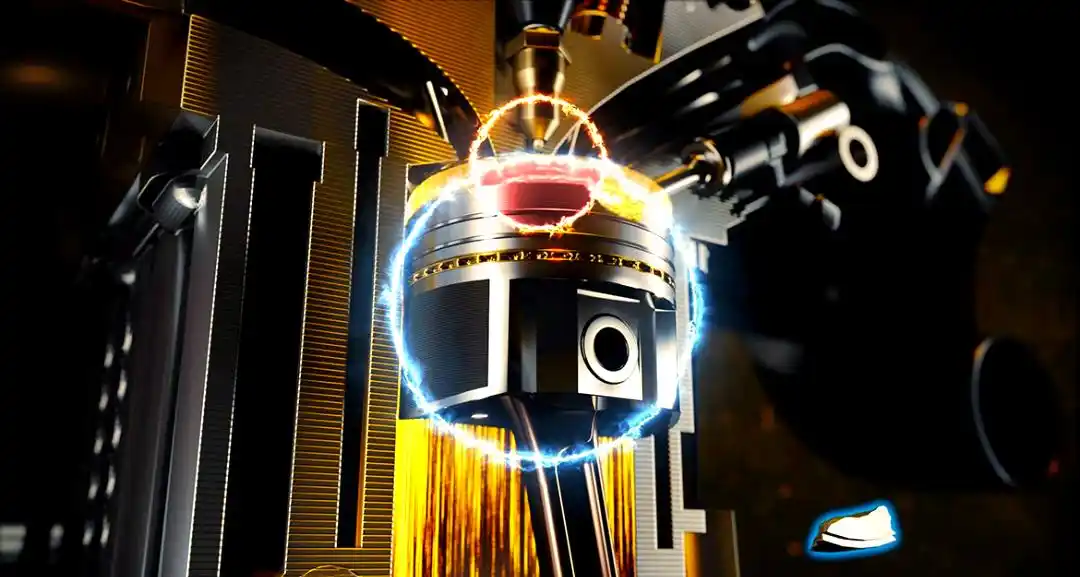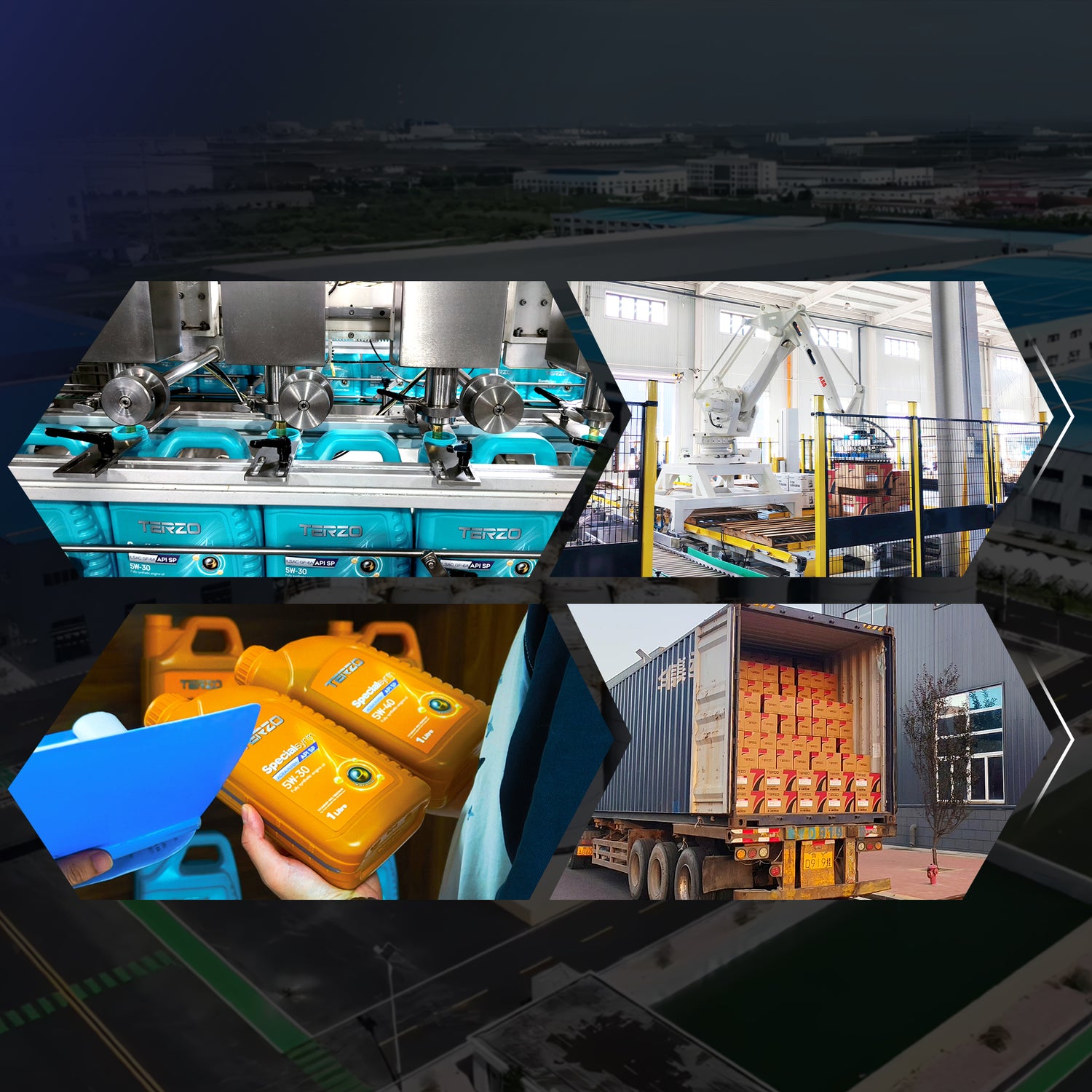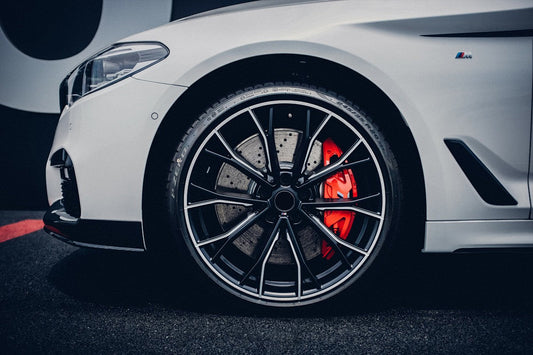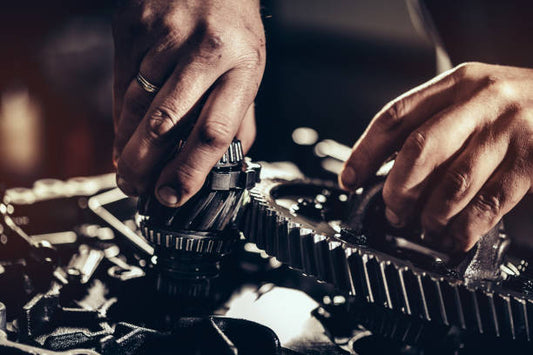
Comprehensive Answer to "SAE Oil" Questions
Comprehensive Answer to "SAE Oil" Questions
1. What Does "SAE" Mean on Engine Oil?
SAE stands for Society of Automotive Engineers, an organization that establishes viscosity standards for lubricants. The SAE rating (e.g., 5W-30) indicates an oil’s performance in different temperatures:
- "W" (Winter): The number before "W" (e.g., 5W) measures low-temperature fluidity. Lower numbers (e.g., 0W) mean better cold-start protection.
- Number after "W": Indicates high-temperature viscosity. Higher numbers (e.g., 40) mean thicker oil for extreme heat .
2. SAE vs. Synthetic Oil: Are They the Same?
- No. SAE refers to viscosity, not oil type. Synthetic oil is a base oil type (chemically engineered), which can have SAE ratings like 0W-20 or 5W-30.
- Example: A synthetic oil might be labeled "5W-30 Synthetic", where "5W-30" is SAE viscosity and "Synthetic" denotes the base oil .

3. How to Choose SAE Oil?
- Follow Vehicle Manual: Manufacturers specify optimal SAE ratings (e.g., 0W-20 for Japanese cars, 15W-40 for diesel trucks).
-
Climate Considerations:
- Cold Regions: Use oils with lower "W" numbers (e.g., 0W-30) for easier cold starts.
- Hot Climates: Higher "W" numbers (e.g., 10W-40) ensure protection under high heat .
-
Driving Conditions: High-performance or turbocharged engines often require thicker oils (e.g., 5W-40) .

4. SAE Standards and Testing
SAE J300 is the key standard defining viscosity grades. For example:
- Multi-grade oils (e.g., 5W-30) meet both low- and high-temperature requirements.
- Viscosity Tests: Measure properties like pumpability at -35°C and high-shear viscosity at 100°C to ensure performance .
5. SAE vs. API/ACEA Standards
- SAE: Focuses solely on viscosity (e.g., 5W-30).
-
API/ACEA: Classify oil quality (e.g., API SP for gasoline engines, ACEA C5 for catalytic converters). A complete oil label combines both (e.g., API SP 5W-30).

Summary
SAE ratings ensure your engine operates smoothly across temperatures, while synthetic oil refers to the base oil’s manufacturing process. Always check your vehicle’s manual for recommended SAE and quality specifications (e.g., API SP). For extreme conditions, consult ACEA or manufacturer guidelines .




